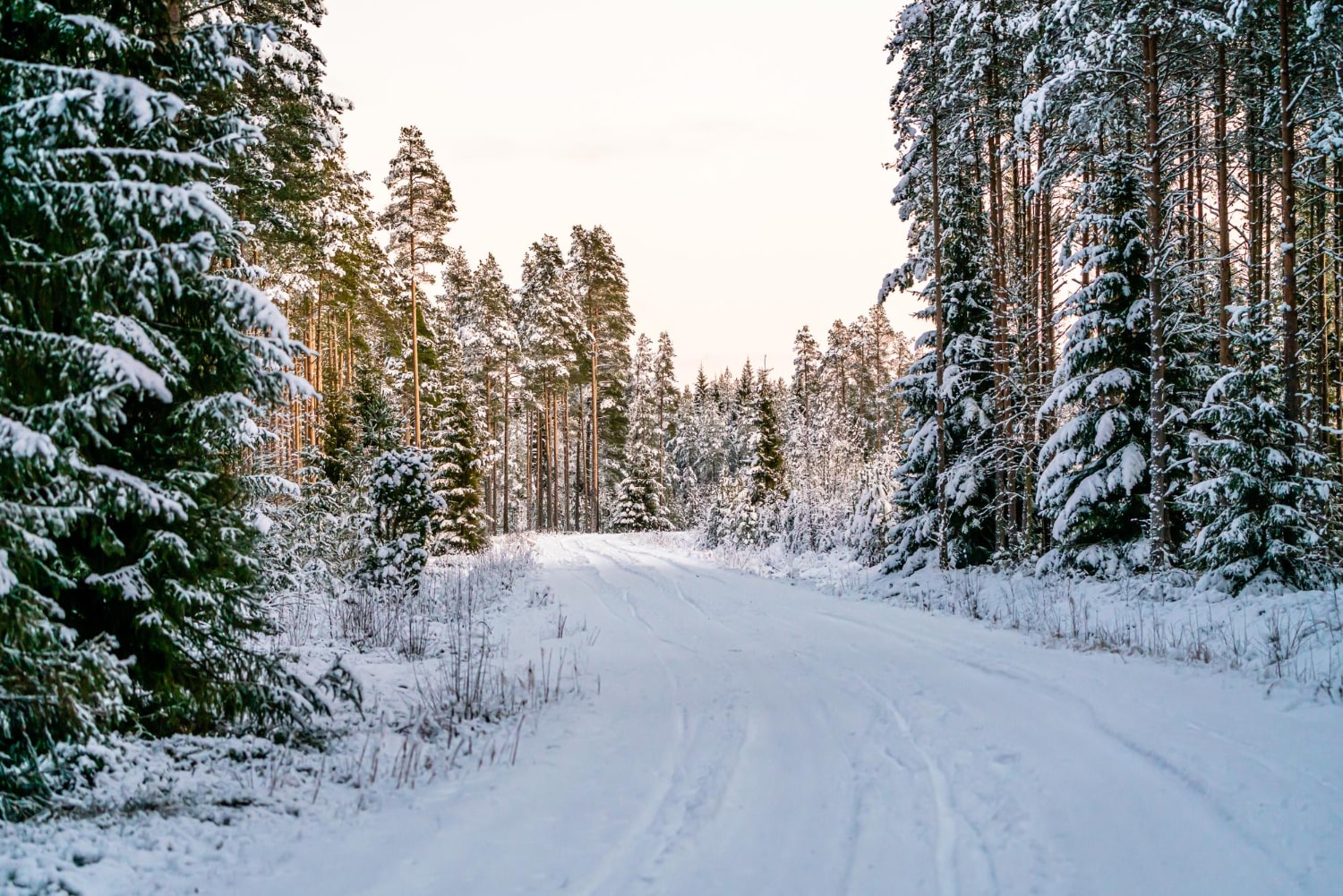Winter is a season that brings both frosty beauty and harsh challenges. It enchants with white landscapes, sparkling snow, and a sense of tranquility rarely experienced in other times of the year. For some, it is a period of warm holidays and family gatherings, while for others, it is a time of coping with frost and deep snowdrifts. You might not know this, but winter has many features that affect nature, people, and animals across different parts of the world. Let us now discover some fascinating facts that present this season in a completely new light.
- Winter does not begin at the same time on both hemispheres of the Earth. In the Northern Hemisphere, it generally lasts from December to February, while in the Southern Hemisphere, it is from June to August. This difference is caused by the tilt of the Earth’s axis and its orbit around the Sun.
- The lowest temperature ever recorded on Earth was in Antarctica and reached minus 89.2 degrees Celsius. Such extreme conditions result from the continent’s remoteness from the ocean, its high elevation, and prolonged polar nights. People in these areas require special equipment and clothing to survive.
- Snow is not always white. Its color comes from the reflection of light off ice crystals. In certain conditions, due to microorganisms or dust particles, snow can take on blue, pink, or even green shades.
- A snowflake forms from water vapor in the atmosphere, which freezes into a unique shape. Each one has six arms, but their pattern changes depending on temperature, humidity, and the freezing rate. This is why finding two identical snowflakes is impossible.
- During winter, days get shorter and nights longer, especially in regions close to the poles. This phenomenon is related to the tilt of the Earth’s axis and the angle of sunlight. In polar regions, a polar night occurs when the Sun does not rise above the horizon for weeks or even months.
- Some animals spend the winter in hibernation. Bears, hedgehogs, badgers, and other species greatly reduce their activity to save energy. This helps them survive a period when food is scarce.
- In many cultures, winter is associated with important traditions and holidays. In China, the Winter Solstice Festival is celebrated, while in Europe and North America, people observe Christmas and New Year. These celebrations symbolize the return of light and hope for new beginnings.
- There are places on Earth where winter does not exist. In tropical zones, temperatures rarely drop below 20 degrees, and instead of winter, people distinguish between dry and rainy seasons. The climate in these regions is very different from that of temperate zones.
- The thickest snow cover was recorded in the mountains of Washington State, USA, where over 31 meters of snow fell in a single winter. Such record-breaking snowfall can lead to avalanches and other natural hazards. In such conditions, residents and tourists must take extra caution.
- Winter can be not only cold but also dry. In some parts of Siberia, temperatures are extremely low, but there is little precipitation. This creates a specific type of climate known as continental.
- Ice forms when water freezes at 0 degrees Celsius, but the process can begin earlier if impurities or ice crystals are present in the water. This is why a thin layer of ice can form on the surface before strong frosts arrive. Such ice can be particularly dangerous for people and animals.
- In polar zones, oceans and seas partially freeze in winter, forming sea ice. It can reach several meters in thickness and serves as a resting place for walruses and seals. Climate change is causing the extent of sea ice to steadily decrease.
- Some plants spend the winter in dormancy, halting growth until warmer days arrive. This allows them to conserve resources and prepare for spring renewal. Many trees shed their leaves to reduce water loss.
- In winter, cold air is denser than warm air, which affects how sound travels. On frosty days, sounds can carry farther than in summer. This is why in winter you can hear noises that are inaudible in warmer seasons.
- In some countries, winter is a time for extreme sports such as skiing, snowboarding, ice skating, and hockey. These activities are not only forms of entertainment but also ways to improve fitness. Many winter resorts attract tourists specifically for such activities.
Winter is a season that combines beauty and severity. Interesting facts about it show how diverse and complex this period is in nature and human life. You might not know this, but winter influences climate processes, cultural traditions, and lifestyles in many parts of the world. It is not only a season but an important element of life on Earth.





